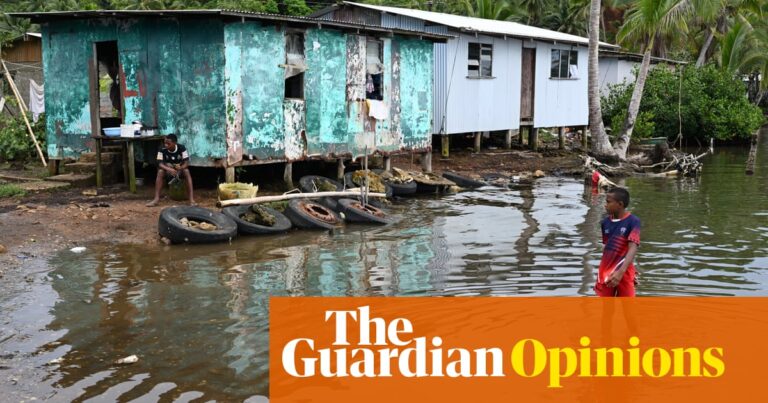TThe World Bank said last month that rich countries will earn more than $1.4 trillion (£1.15 trillion) in loan repayments from developing countries in 2023, and that amount could rise to more than $2 trillion a year by 2030. It is estimated that there is a possibility of The world’s bankers are squeezing debtors in the Global South. Poor countries are forced to borrow in the currencies of rich countries to pay for energy and food, while their exports tend to be of lower value than their imports.
Colonial patterns of extraction clearly did not disappear with the withdrawal of armies, flags, and bureaucracies. Whether a debt crisis occurs in a developing country depends on decisions that are beyond the developing country’s control. Risks increase if U.S. interest rates rise and poorer countries’ exports, which are often priced by commodity speculators and buyers in rich countries, cannot generate enough dollar reserves to stabilize exchange rates. .
Developing countries are struggling to break free from trade and financial systems that are disadvantageous to them. This is because economic growth in the Global North remains dependent on resource and labor extraction. A 2022 study calculated that between 1990 and 2015, richer countries “leaked” $242 trillion (in 2010 prices) from the poorer world, which is about the same as the income of countries in the global north. Equivalent to one fourth. The authors argued that this change occurs in a subtle, almost invisible way, without overt coercion by colonial institutions, and therefore without causing moral outrage. However, “unequal exchange” has been behind global inequality, uneven development, and ecological degradation.
Increasingly, poor countries are complaining about these deep inequalities. Fiji is a Pacific country of 300 islands that is highly vulnerable to the climate crisis. Last month, the country’s finance minister warned that global warming was causing catastrophic weather events that were making it impossible to run the economy. Biman Prasad told an international conference that “no economy has ever faced a contraction of 30% to 70% outside of war,” but Fiji, Vanuatu and Tonga have faced this decline from a single cyclone within 10 years. He said he faced the situation. He said, “Most of the development resources for capacity building are spent building donor capacity, not our own capacity.” Not surprisingly, he said the time had come to “decolonize international development.”
Last year’s United Nations Trade and Development Report urged poor countries to shift their focus from manufacturing to services-led growth, citing weaker trade trends and advances in digital technology. But as Cambridge University’s Jostein Hauge argues in The Future of the Factory, industrial production remains essential to economic growth. E-services and automation cannot replace manufacturing as a driver of innovation and development.
Dr. Hauge’s book details how the Global North and its powerful corporations prevent fair market access in the Global South while avoiding responsibility for ecological harm. He said low-income countries account for just 1% of the world’s “excess resource use” but are under pressure to introduce green policies hastily and with little support. , highlighted that countries in the Global North continue to engage in unsustainable practices. Dr. Hauge writes that the rich world has “colonized the planet’s ecological commons, and the first priority should be to decolonize it.”
There’s no debate about that. What must we do? We must give developing countries the resources and autonomy they need for climate-friendly growth, starting with comprehensive debt relief, fair climate financing, and reforming global trade rules. and stimulate fair and productive global demand.


